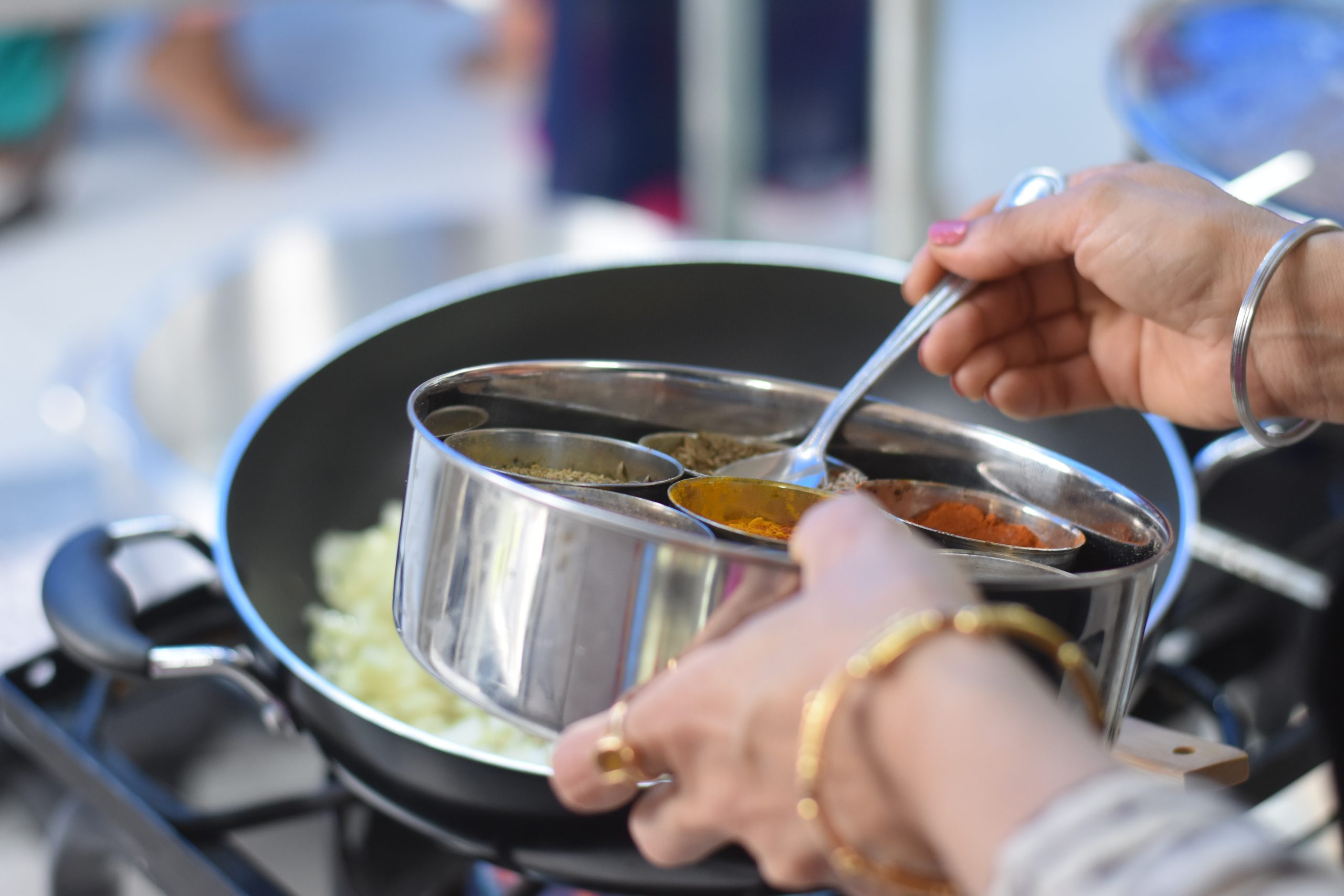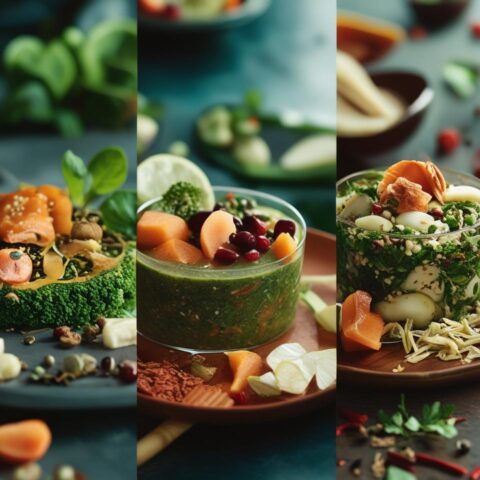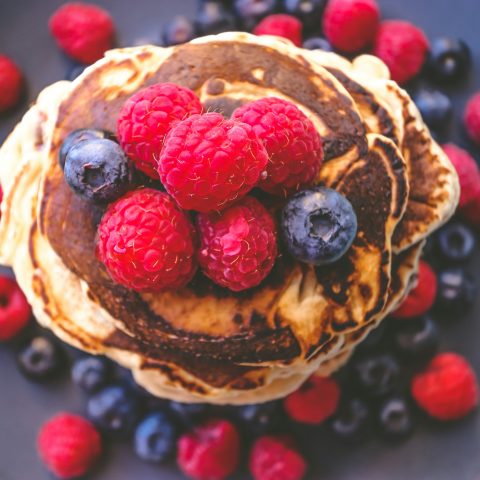Ladle of Contents
Key Takeaways:
- Stainless steel cookware is highly durable and compatible with various utensil materials.
- Bamboo, wood, silicone, metal, and nylon/plastic are common options for cooking utensils.
- Each utensil material has its own advantages and disadvantages in terms of durability, maintenance, and heat resistance.
- Consider your cooking needs, budget, and aesthetic preferences when selecting utensils for your stainless steel pots and pans.
Introduction
When it comes to cooking, having the right tools is essential. The utensils you use can greatly impact your cooking experience and the longevity of your cookware. If you own stainless steel pots and pans, you’re in luck! Stainless steel cookware is highly durable and can withstand the use of utensils made from virtually any material. In this guide, we will explore different types of utensil materials and help you choose the best utensils for your stainless steel cookware.
Bamboo Utensils
Bamboo utensils are a popular choice due to their sustainability and affordability. Bamboo is a renewable resource that grows quickly, making it an environmentally friendly option. These utensils are durable and easy to clean, and they are naturally stain and odor resistant. However, bamboo utensils require extra maintenance compared to other materials. They are not dishwasher safe and need occasional oiling to prevent them from becoming dry and brittle.
Wooden Utensils
Wooden utensils have a timeless appeal and come in various styles and types. They are germ and bacteria resistant, making them a hygienic choice for the kitchen. Wooden spoons and utensils are also environmentally friendly. However, wooden utensils are porous and can stain easily. They require regular oiling to maintain their durability and should not be cleaned in the dishwasher. If not cared for properly, wooden utensils can splinter and crack.
Silicone Utensils
Silicone utensils have gained popularity in recent years due to their affordability and versatility. They come in a wide range of colors, making them compatible with any kitchen decor. Silicone utensils are heat resistant and can withstand temperatures up to 650 °F, so you don’t have to worry about them melting or scorching. They are also flexible and durable. However, it’s important to note that not all utensils marketed as silicone are 100% silicone. Some may contain fillers, which can reduce durability and heat resistance. It’s recommended to check for the telltale white mark by bending the utensil slightly to ensure it’s made of pure silicone.
Metal Utensils
Metal utensils, such as stainless steel or other metals, are known for their durability and attractiveness. They are sturdy and easy to clean, often dishwasher safe. Metal utensils are generally thin and designed for precise cooking tasks like sliding under delicate foods. However, if you’re concerned about maintaining the pristine appearance of your stainless steel pots and pans, metal utensils may cause superficial scratches. While these scratches don’t affect the functionality of the cookware, some users prefer to avoid them for aesthetic reasons.
Nylon/Plastic Utensils
Nylon and plastic utensils are the most affordable options available. They are durable and dishwasher safe, making them convenient for everyday use. However, these utensils can melt easily if left unattended on a hot stovetop. They are considered less aesthetically pleasing compared to other materials. Additionally, food tends to stick to nylon and plastic utensils, making cleanup more time-consuming. Despite these drawbacks, if you’re looking for budget-friendly utensils, nylon or plastic options can be a suitable choice.
Conclusion
Choosing the right utensils for your stainless steel cookware is essential for an enjoyable and efficient cooking experience. With stainless steel’s durability, you have the flexibility to use utensils made from various materials. Consider your cooking needs, budget, and aesthetic preferences when selecting utensils. Bamboo and wooden utensils offer sustainability and a classic appeal but require more maintenance. Silicone utensils are affordable and heat resistant, but ensure they are made of pure silicone. Metal utensils provide durability but may cause superficial scratches. Nylon and plastic utensils are budget-friendly but can melt easily and have food stick to them. Ultimately, the choice of utensils comes down to personal preference. Experiment with different materials and find the perfect utensils that complement your stainless steel cookware and enhance your culinary adventures.








